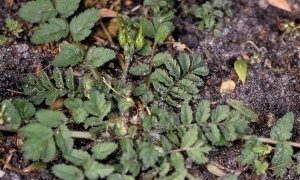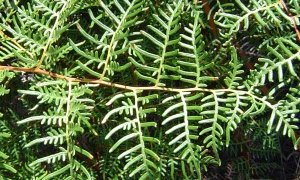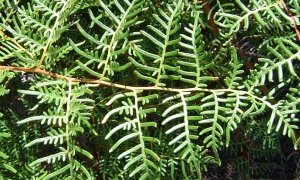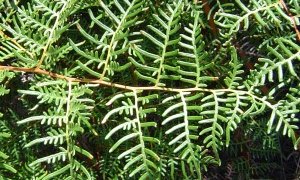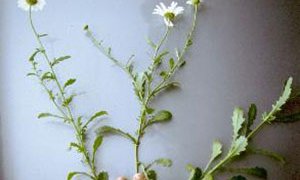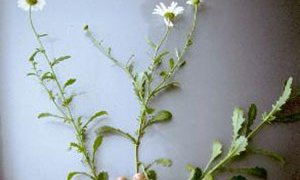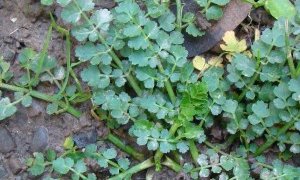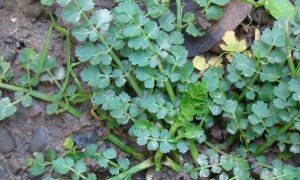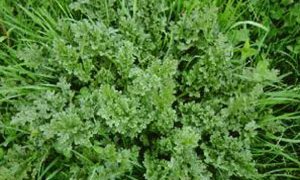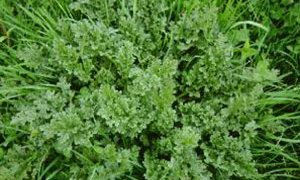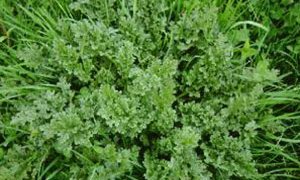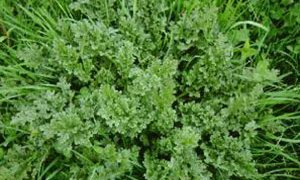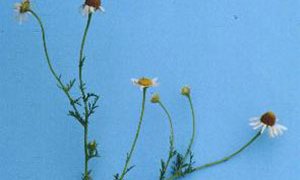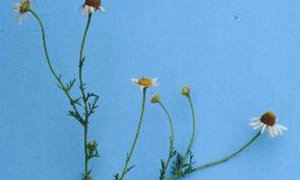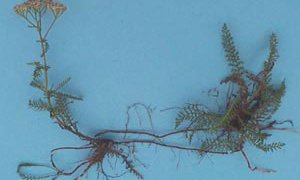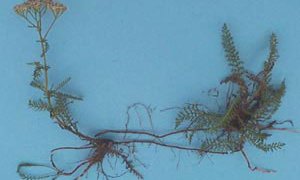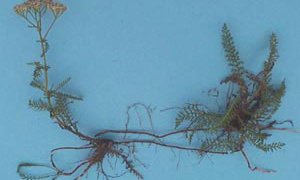Botanical name: Conium maculatum
Family name: Apiaceae
Overview

Hemlock.
Hemlock is a biennial weed probably best known for its poisonous properties. As such, it is not welcome in pastures, nor in urban waste areas. However, there are not many livestock losses from hemlock, as most livestock recognise it as being poisonous and leave it alone.
Poisoning is most likely to occur if animals are pushed hard to eat the weed, especially with mob stocking, or after the weed has been sprayed as animals then seem attracted to it. One of the alkaloids within hemlock foliage can cause birth defects if eaten by pregnant animals.
Generally, hemlock is only found in isolated patches, but occasionally it can get much worse, especially in new pastures where seeds have built up in the past then lots germinate following seed-bed preparation. As animals try to avoid it, poor utilisation of pasture growing under the plants will occur.
Apart from being unwanted in pasture because of its poisonous nature, it is deemed as a noxious weed ("pest plant") in many parts of New Zealand, so landowners are often legally obliged to get rid of it. It can often be found growing in orchards and waste places such as roadsides.
Distinguishing features
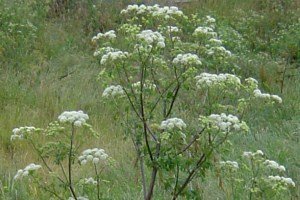
Tall hemlock growing in pasture.
The way in which the leaf is made up of sub-divided leaflets makes it look quite a bit like a fern in the vegetative state. It is probably most likely to be confused with wild carrot, but this latter weed has a slightly different way in which its leaves are divided up, looking very much like a carrot leaf (which is hardly surprising). Also, the stems of hemlock leaves have no hairs and also often have a purplish tinge, whereas wild carrot has a hairy stalk to its leaves.
Hemlock grows as a large rosette initially, then forms a tall, upright flower stem in its second year of growth, with white flowers often held 1 metre or more above the ground. It also has some similarities to parsley dropwort (also incorrectly known as carrot weed), a perennial weed that grows mainly in Northland and has tubers on its root system.
Control
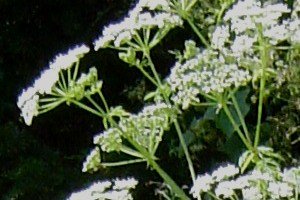
Small white flowers on hemlock.
Recent research at Massey University found that flumetsulam (Preside) gave good knock-back of hemlock in young pastures, and bentazone gave reasonable control as well, so the MCPB/bentazone mixtures such as Pulsar could be useful for young plants.
The 2,4-D ester products such as PastureKleen will also control hemlock if applied while it is young. Once the plant is larger, the main options are to spot-spray it with chemicals such as aminopyalid (T-Max), clopyralid or dicamba, or to treat it with a rotary weed wiper using a herbicide such as glyphosate.
Keep livestock out of paddocks after hemlock has been sprayed until the weed has gone necrotic and uninteresting to the animals. In orchards and waste areas, spray with glyphosate. Well-established hemlock is only partially controlled by metsulfuron and not controlled by amitrole or paraquat.
Similar species
Musky storksbill
Musky storksbill starts life as a rosette, with each leaf made up of a series of leaflets.

